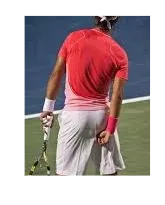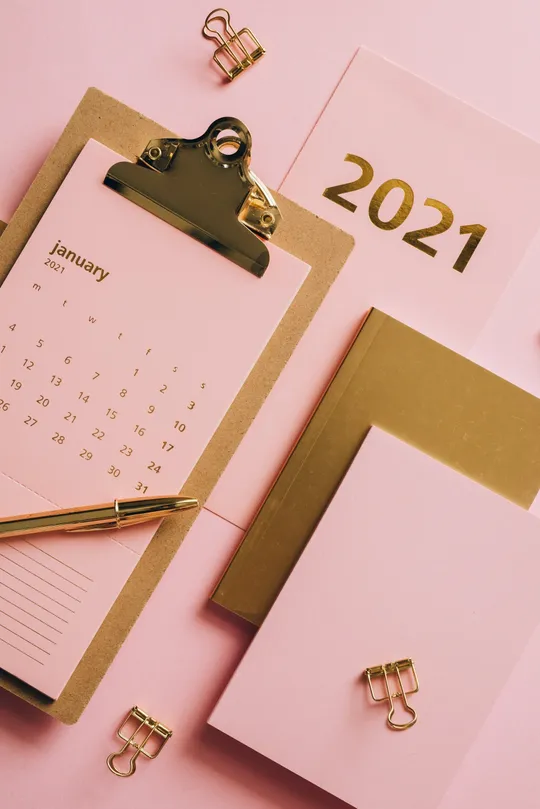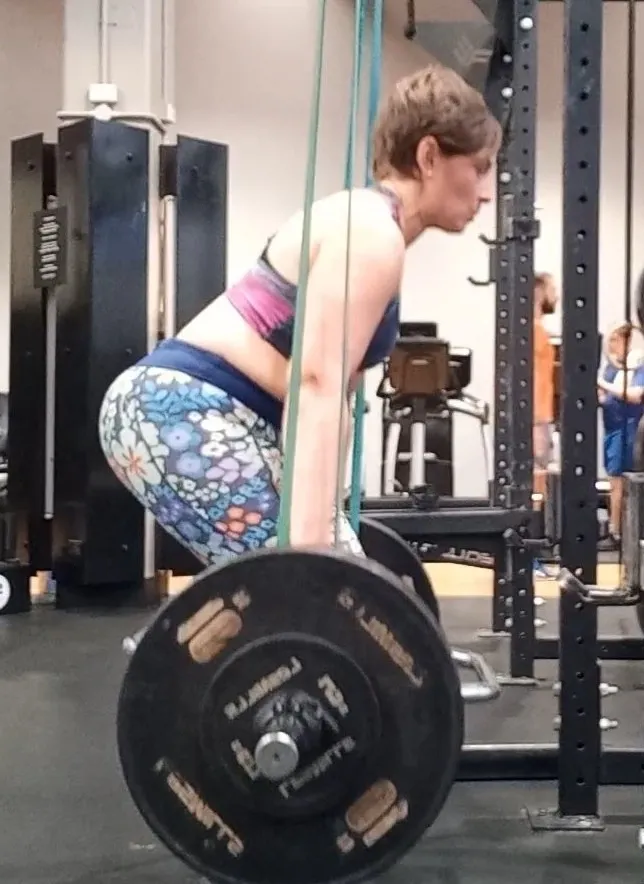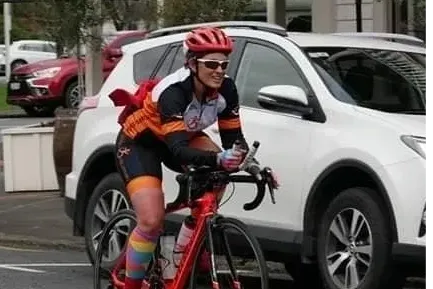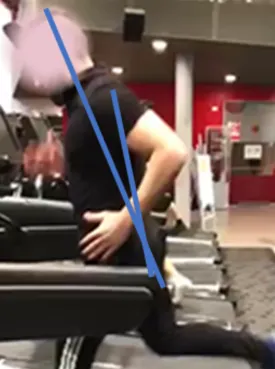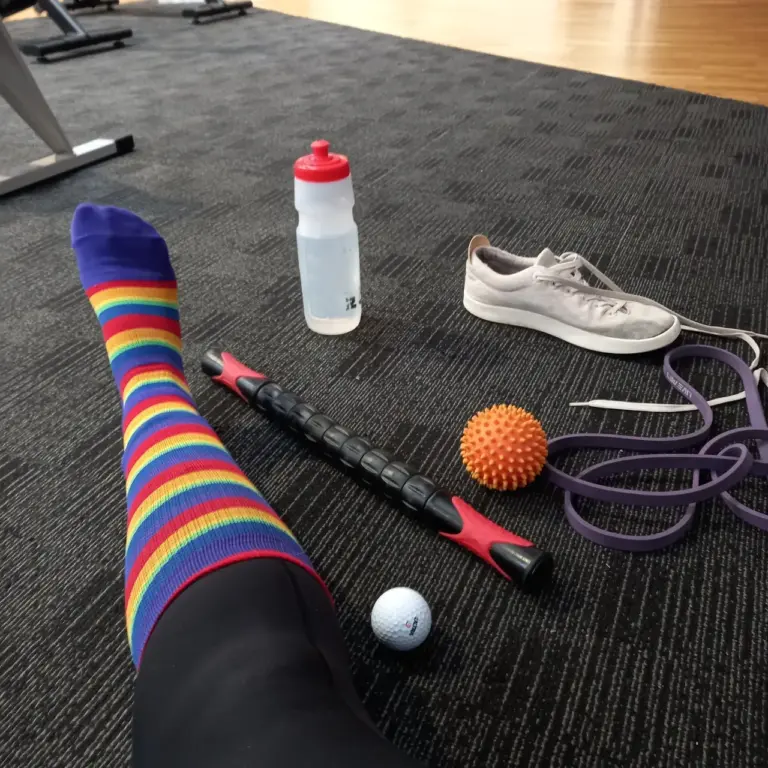This week we’re going to look at your glutes.
Do you butt grip?
Its pretty easy to identify from my end & yours. In standing you will usually be always pulling your pants/ shorts from between your butt cheeks especially with performing activities like squatting, deadlifting, running, walking or even standing?
Struggling to picture this think Rafael Nadal
Butt gripping happens when the lower fibres of your gluteus maximus (glute max) are pinched, Meaning the glute max is deconditioned (lost of muscle tone), and the pelvic floor muscles aren’t activating resulting in your pants/shorts being swallowed.
Your gluteal muscles act as the primary stabilisers for your lower limbs.
Their role is to provide stability by preventing rolling inwards at the knee (medial rotation) and increasing over pronation, help posture, reduce lower back and knee injuries.
When the glutes become deconditioned smaller muscles further down the lower limbs are forced to work harder and pick up the slack, resulting negatively on the mechanics (movements) of your lower limb. This can show up in collapsing your knees inwards, pronation or supination at the foot.
When the load on your body is small you won’t easily notice the mechanical impact. However, when you exceed your bodies load threshold it will become significantly more challenging to keep knee alignment.
What does exceed threshold mean?
Your lower limb stability might be ok when walking or performing a body weight squat, but as soon as you start running or add weight to your squat the body mechanics are sent out of alignment (you don’t have the strength to stay in alignment).
Everyone’s stabilisation threshold will be different. The greater the muscle deconditioning is the lower your stabilisation threshold will be.
To strengthen your glutes, start with isolated glute exercises then start then progress to incorporating dynamic movement exercises.
To help strengthen your glutes give these exercises a go
Clam internal & external rotation
Side lying hip abduction modification and both legs straight
Glute Bridge
Glute bridge single leg
Once you’ve completed the above isolation glute exercises, I recommend including Lunges and step ups, which are great dynamic exercises to work your stability through the knee and foot, (a resistance band around your front knee can help with preventing knee collapse).


